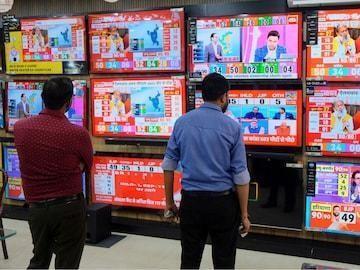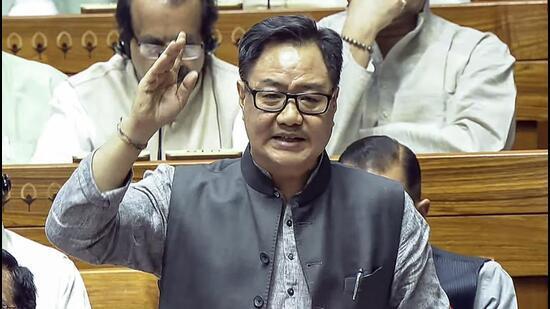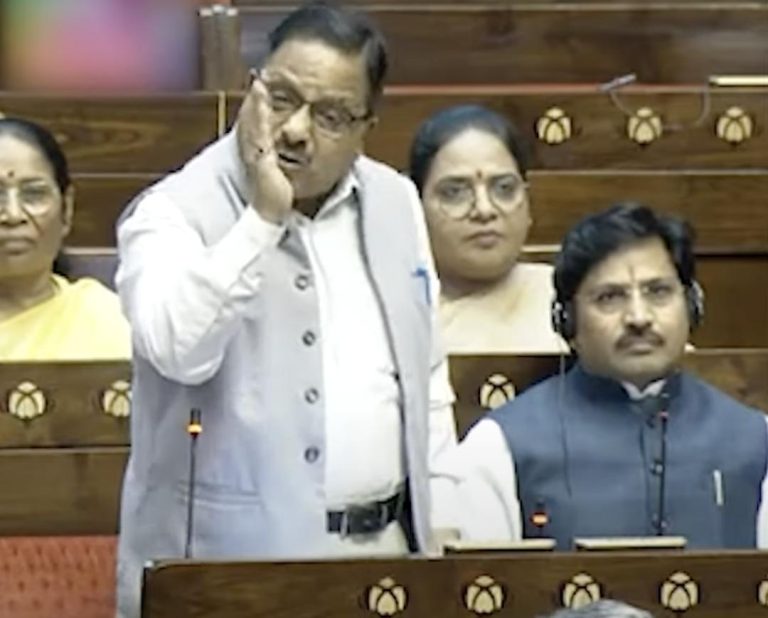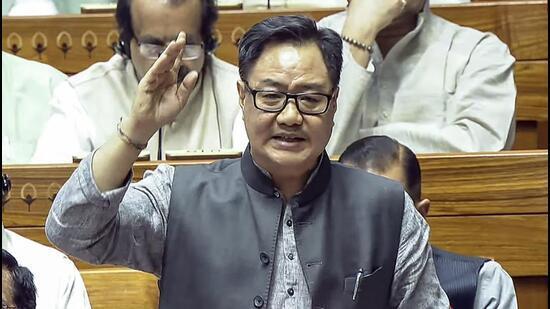
How Accurate Were Delhi Exit Polls Predictions in 2015 & 2020?
Exit polls have become an essential part of the democratic process, providing valuable insights into the outcome of elections. In the recent Delhi Assembly elections, exit polls played a significant role in shaping public opinion and influencing the outcome of the polls. In this blog post, we will analyze the accuracy of Delhi exit polls predictions in 2015 and 2020, and explore what these predictions reveal about the reliability of exit polls.
The 2015 Delhi Assembly Elections
The 2015 Delhi Assembly elections were a significant event in Indian politics, with the Aam Aadmi Party (AAP) looking to consolidate its position as the ruling party. Exit polls estimated that AAP would secure 45 seats, the Bharatiya Janata Party (BJP) would win 24 seats, and the Indian National Congress (INC) would win one seat.
However, the actual results told a different story. AAP won an overwhelming 67 seats, leaving BJP with a meager three seats and Congress with none. The massive difference between the exit poll predictions and the actual results was a shock to many, and raised questions about the reliability of exit polls.
What went wrong?
There are several reasons why exit polls may have failed to accurately predict the outcome of the 2015 Delhi Assembly elections. One possible reason is that exit polls are based on a sample of voters, and this sample may not be representative of the entire electorate. Additionally, exit polls are often conducted in a limited number of constituencies, which may not accurately reflect the mood of voters across the entire state.
Another reason why exit polls may have failed to accurately predict the outcome is that they are often influenced by biases and assumptions. For example, exit polls may be biased towards a particular party or candidate, or may assume that certain trends will continue without being grounded in reality.
The 2020 Delhi Assembly Elections
The 2020 Delhi Assembly elections were another significant event in Indian politics, with AAP looking to retain its position as the ruling party. Exit polls predicted that AAP would win 54 seats, while BJP would win 15 seats.
However, the actual results saw AAP winning 62 seats, while BJP won only eight seats. Again, the massive difference between the exit poll predictions and the actual results raised questions about the reliability of exit polls.
What did the exit polls get wrong?
There are several reasons why exit polls may have failed to accurately predict the outcome of the 2020 Delhi Assembly elections. One possible reason is that the exit polls were influenced by biases and assumptions, such as the assumption that AAP would suffer a decline in popularity due to various controversies and scandals.
Another reason why exit polls may have failed to accurately predict the outcome is that they were based on a sample of voters that was not representative of the entire electorate. For example, exit polls may have relied too heavily on data from urban areas, which may not accurately reflect the mood of voters in rural areas.
Conclusion
The accuracy of Delhi exit polls predictions in 2015 and 2020 is a significant issue, as it raises questions about the reliability of exit polls as a tool for predicting the outcome of elections. While exit polls can provide valuable insights into the outcome of elections, they are not infallible, and can be influenced by biases and assumptions.
To improve the accuracy of exit polls, pollsters need to ensure that their samples are representative of the entire electorate, and that their methods are unbiased and transparent. Additionally, pollsters need to be more accurate in their predictions, and not rely too heavily on assumptions and biases.




